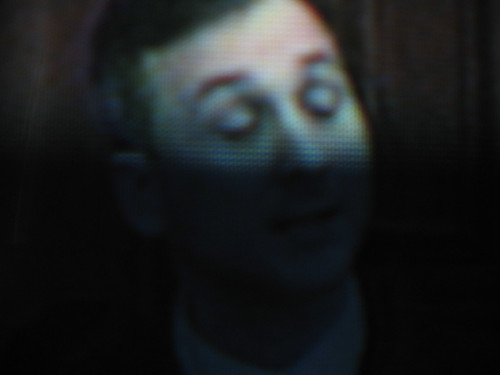Posted on Wed, Apr. 12, 2006
Advocate of ADHD patch says it shouldn't be the first choice
It's deceptively tricky to use, he said, primarily because it shouldn't be worn more than 9 hours.
By Dawn Fallik
Inquirer Staff Writer
A member of the FDA panel that recommended approval of a new medicated patch for children with attention deficit hyperactivity disorder says he does not think it should be the first choice for parents.
The patch, called Daytrana, contains the drug methylphenidate, the same stimulant used in Ritalin. The Food and Drug Administration rejected a form of the patch last year before granting its approval last week. The new formulation is aimed at children ages 6 to 12 and is expected to be on the market this summer.
Richard P. Malone, a psychiatry professor at Drexel University's College of Medicine and the FDA panel member, recommended approval of the new patch but said he was "a little conservative" and feared that parents would fail to follow the patch's instructions.
"Even though there might be directions that it's supposed to be on for nine hours, people might leave it on for longer," he said, possibly causing unwanted side effects, including tics, insomnia and weight loss.
The demand for patch medications continues to grow, from a single motion-sickness drug 25 years ago to more than 30 prescriptions used by 12 million people worldwide for ailments ranging from bladder control to heart disease. Besides the ADHD patch, the first antidepressant patch was approved last month.
But the FDA also announced last month that it was conducting an "exhaustive review" into the safety of transdermal patches, focusing on how they worked with heat. Repeated studies have found that patches cause the body to absorb as much as four times the amount of drug when heated, whether from soaking in a hot tub or from a high fever.
In 2003, the FDA rejected the ADHD patch in a 12-hour form, citing too many reactions.
As recently as June, agency officials had recommended that the patch not be approved because of potential for harm.
But in December, an FDA advisory panel, including Malone, unanimously recommended approval of a nine-hour version, saying that the side effects mirrored those from pills.
The patch's marketer, England-based Shire P.L.C., whose U.S. base is in Wayne, also makes Adderall XR, the world's most-prescribed ADHD drug.
Company officials said that the patch might be beneficial for children who can't swallow pills, and can be easily removed if side effects occur.
Although the recommended wear-time is nine hours, the drug's effects last for about 12 hours, said Liza Squires, a pediatrician and child neurologist who works for Shire. The patch will come in four doses for different ages. "It might be useful for weekends, when a child has a soccer game or a piano lesson and doesn't require a full day of ADHD therapy," she said.
Nearly 3.3 million Americans age 19 and younger used an ADHD drug last year, a decline of five percent from 2004, according to Medco Health Solutions Inc., a prescription drug benefit program manager.
The top drugs had about $3.5 billion in sales last year.
In December, advisory panels worried about tests showing that as many as 22 percent of clinical trial subjects using the patch became so sensitive to the drug that they could not take methylphenidate at all.
Shire officials said those results came from a clinical trial in which adults kept the patch on the same spot continuously for 21 days straight.
The Daytrana patch is supposed to be left on for nine hours with 15 hours off, using alternate sites, Squires said.
It also should not be used with heating pads or electric blankets, because that causes the drug to be absorbed much more quickly.
ADHD drugs have come under scrutiny recently. Last month, FDA officials rejected a "black box" warning- the strongest alert - about psychiatric side effects, but another FDA committee recommended a similar warning about the cardiovascular risks.
The Daytrana label will include warnings about insomnia, decreased appetite and nausea, as well as sensitization, in which some patients become so sensitive to the drug that they cannot take any more.
William Pelham Jr., a professor of psychology and pediatrics at the University of Buffalo, conducted two trials of Daytrana, which is made by Miami-based Noven Pharmaceuticals.
Although several children in one nine-hour trial withdrew because of severe side effects, Pelham said that sometimes happens the first time a child takes any ADHD drug, but usually does not occur the second time.
He said the most significant side effect parents would see if their children wore the patch longer than nine hours would be an inability to sleep.
Malone, however, said he wanted to see whether the patch and children were compatible. "I personally think it would be easier to use pills," he said.
Thursday, April 13, 2006
MAYBE BERNARD LORD SHOULD TRY THE PATCH BEFORE OUR YOUTHS ARE FORCE ON IT???
Subscribe to:
Post Comments (Atom)

No comments:
Post a Comment